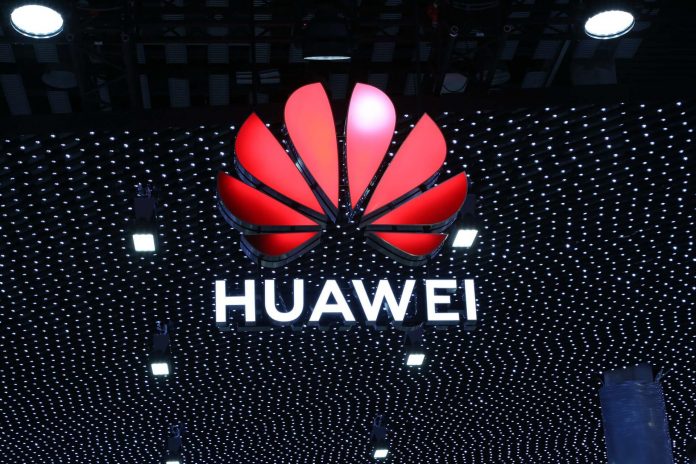Huawei unveiled its second-generation automated driving system, ADS 2.0, on April 16. A notable technical feature of this system is its ability to function without the need for high-precision maps.
Richard Yu, CEO of Huawei’s Intelligent Automotive Solution Business Unit, highlighted that it is impractical to have high-precision maps covering the entire country due to the constantly changing nature of Chinese roads in real time. Therefore, an intelligent driving system that does not rely on such maps would be more practical for large-scale implementation.
Huawei ADS 2.0 has been improved by utilizing a road topology inference network, allowing it to recognize various elements such as traffic lights even in the absence of high-precision maps.
Huawei’s advanced intelligent driving system, which includes the urban navigation cruise assist (NCA), has been implemented in Shenzhen, Shanghai, and Guangzhou for improved city navigation. Furthermore, by Q3 and Q4 of this year, the service will be available in 15 and 30 additional cities respectively.
Huawei ADS 2.0 has improved the high-speed road NCA by increasing the average manual takeover distance from 100km in Huawei ADS 1.0 to 200km. It also enables automatic search for parking spaces and offers a comprehensive 360° parking space discovery feature. By the end of 2023, an automated valet parking function will be implemented, which will provide drivers with an optimal path across floors.
Huawei’s intelligent driving system has created the GOD network. Utilizing multiple sensors such as lidar, millimeter-wave radar, and cameras, enables the system to detect irregular obstacles like overturned vehicles, large boxes that have been dropped, falling rocks or trees, and respond appropriately by decelerating or stopping.
Huawei ADS offers three pricing packages: basic, advanced, and premium. Currently, the standard equipment for vehicle models that have partnered with Huawei includes basic and advanced packages. The premium package is available as an optional purchase. The one-time cost of purchasing Huawei ADS 1.0 is 32,000 yuan ($4,653), while annual subscriptions are priced at 6,400 yuan and monthly subscriptions at 640 yuan. For ADS 2.0, the one-time purchase price is set at 36,000 yuan with an annual subscription costing 7,200 yuan and a monthly subscription costing 720 yuan.
Huawei’s ADS 2.0 will first be introduced on the AITO M5 advanced intelligent driving version, followed by the Avatr 11 and Alpha S HI edition. Additionally, over ten new vehicles equipped with Huawei’s advanced autonomous driving and intelligent cockpit technology are currently in development and set to launch from this autumn through next year.

